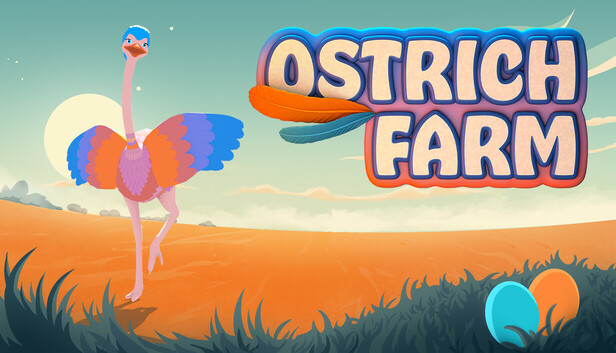
Introduction
In recent years, ostrich farming has emerged as a notable trend within the agriculture sector. With increasing interest in sustainable and alternative livestock farming, ostrich farms are gaining attention for their environmental benefits and economic potential. These large flightless birds are not only fascinating but also provide high-quality meat, eggs, and leather, all while having a relatively low carbon footprint compared to traditional livestock.
The Benefits of Ostrich Farming
Ostriches are incredibly efficient animals, requiring less feed and water compared to cattle or pigs for the same amount of meat produced. This efficiency stems from their unique digestive system and their ability to thrive on a varied diet that is less resource-intensive. As consumers become increasingly conscious of the environmental impacts of their food choices, the benefits of raising ostriches are coming to the forefront.
Moreover, ostrich meat is lower in fat and cholesterol compared to beef and pork, making it an appealing choice for health-conscious consumers. The demand for healthier protein sources is expected to drive the market for ostrich products, with some estimates suggesting that the global ostrich market could reach $700 million by 2026.
Current Trends and Events
Recent reports highlight a surge in the establishment of ostrich farms across Canada and the United States. In agricultural forums, farmers are sharing their experiences in ostrich farming, discussing best practices, and promoting the financial viability of this niche market. Additionally, workshops and training programs are being developed to educate prospective farmers on proper ostrich care, breeding, and meat processing.
One notable event was the annual North American Ostrich Association convention held in September 2023, which showcased advancements in breeding techniques and successful farming practices. Attendees included both established farmers and newcomers looking to invest in this burgeoning industry. Farmers reported increased consumer interest and sales, marking a positive outlook for the future of ostrich farming.
Conclusion
As the world shifts towards more sustainable agricultural practices, ostrich farming positions itself as a viable option for both established and new farmers. The advantages of raising ostriches, including their low environmental impact and health benefits of their products, make this farming niche particularly appealing. With growing awareness and market demand, the rise of ostrich farms may just be the beginning of a new era in sustainable agriculture. Readers interested in innovative farming opportunities should consider exploring the potential of ostrich farming as a dynamic addition to modern agricultural practices.



